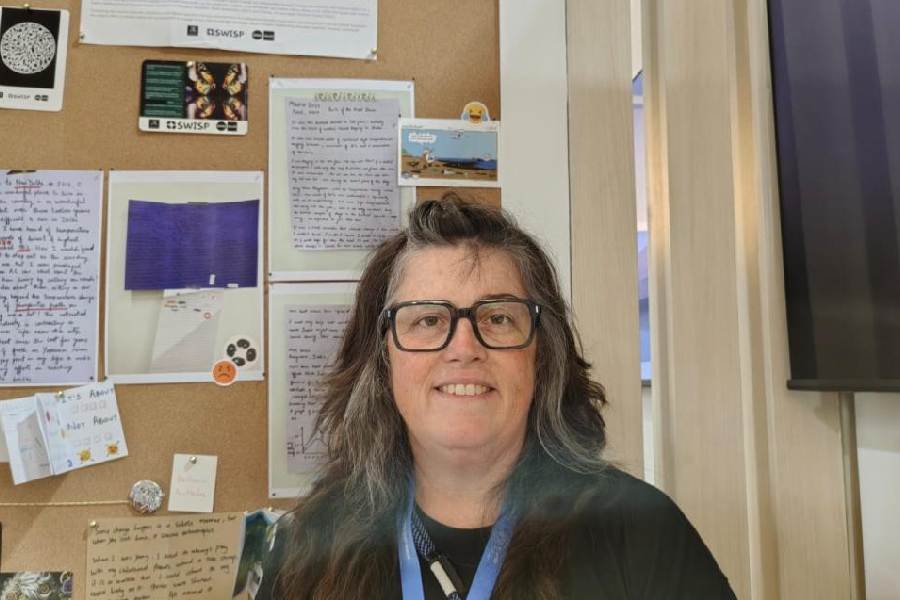A teenager who had never seen the stars in Delhi sky till Covid-19 happened while another has shifted homes multiple times within a short span because of climate impacts eating her houses one after the other.
At the Baku climate summit, a powerful collection of youth voices drew attention to the stark realities of climate change, with many of these stories coming from India.
While the official presence from India at the summit is notably limited— both the Prime Minister and environment minister are tied up with the Maharashtra Assembly elections — over a hundred climate-impacted youths from India are making their voices heard at the Baku Olympic stadium conference site, thanks to a project led by Australian researcher Kate Coleman.
Coleman, an academic associated with Melbourne University, works with youth and climate change, and has undertaken several workshops for Indian youth in Delhi and Bangalore over the last year, those documented these voices and stories of fighting climate change.
“I used to be a secondary teacher and I realised that young people know a lot about climate change, but they haven’t actually got the time and place to sit and talk with each other about it.
“So, a couple of years ago, we (in Melbourne University) began a research project in partnership with Science Gallery International in Bengaluru, Karnataka, focusing on what it means to live in anthropogenic times, now we have such gallery in Melbourne and also in Atlanta in Georgia,” Coleman told The Telegraph in Baku on Thursday. She has set up a stall within the exhibition arena with several such voices on display.
“We work in partnership with the gallery and have already moved in seven different countries in the world, and the stories across the world are so similar, I thought bringing those here in Baku to let people know what it means to exist within climate-impacted zones,” said the expert explaining that the Bengaluru gallery is a permanent one meant just for ages 14 to 28.
“Our research with them is to dig out what it means to live amid climate change. What does it mean to you and your families’ existence being affected by constant episodes of climate catastrophe as happening in the global south.
“So, 14-year-olds to 28-year-olds come to tell their stories with us and also what it’s like to live in a community that gets flooded continuously and your grandmother tells you the stories of floods that were not the same, and your aunties and the grannies have told you that the place that you earlier lived, and you now live is not the same,” elaborated the middle-aged researcher. “We have documented around 120 to 150 stories so far under the project,” she said.
Some of the stories are most revealing to say the least.
“Just 40 minutes from Jaipur, exists a place called Kishangarh, where crowds visit to click photographs with artificial snow. It is also a destination for several Bollywood films being shot in snow. Do you know what it is actually? A dump yard of marble dust. Exposure to which can cause cancer,” wrote a youth.
Another youth, staying in a makeshift roadside hutment, explained how his family had to cope with the searing Delhi heat and almost all faced grievous health problems. “When a youth showed me the black sky during a Delhi workshop, I said it was perhaps rain coming. He laughed and said: no, it’s pollution,” said Coleman.











